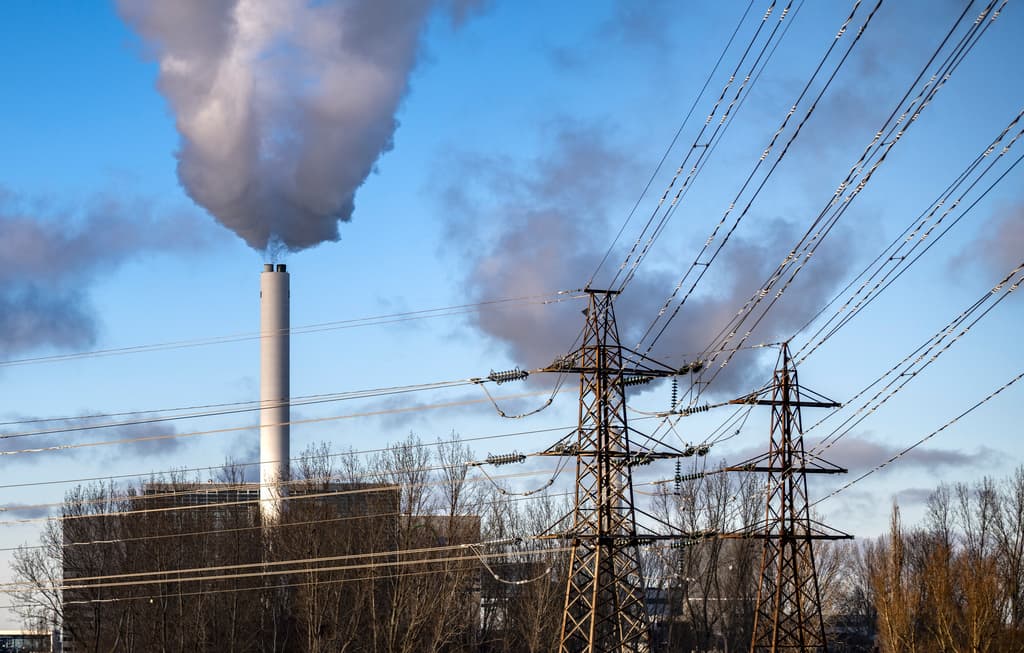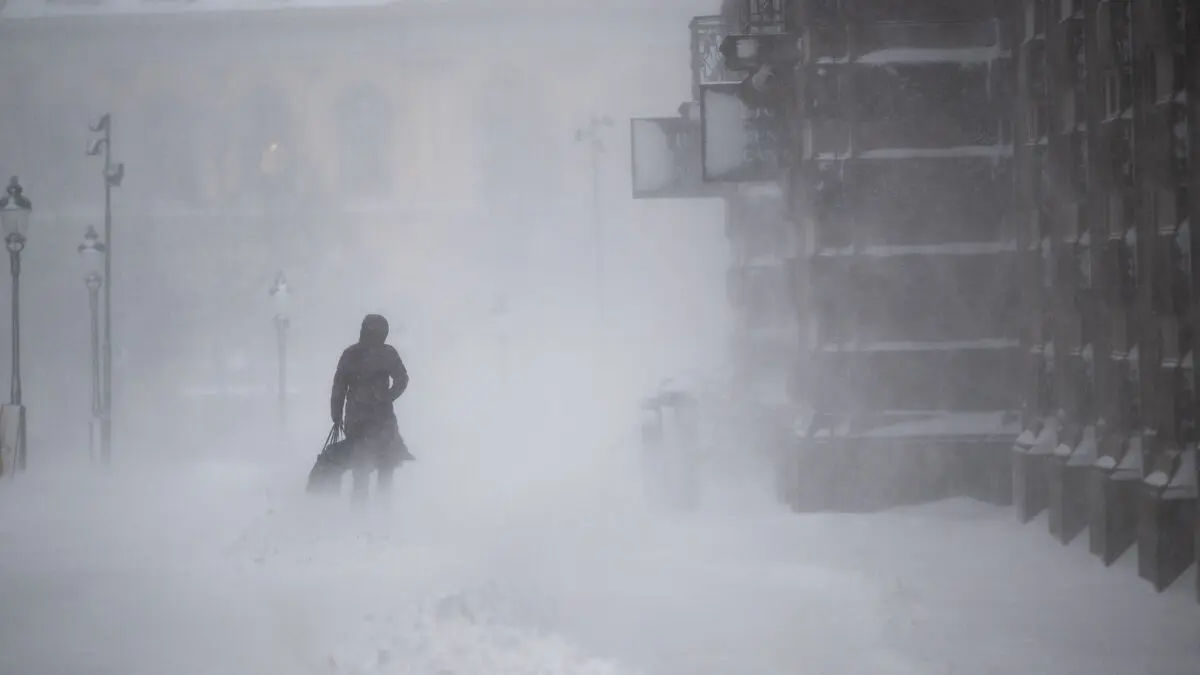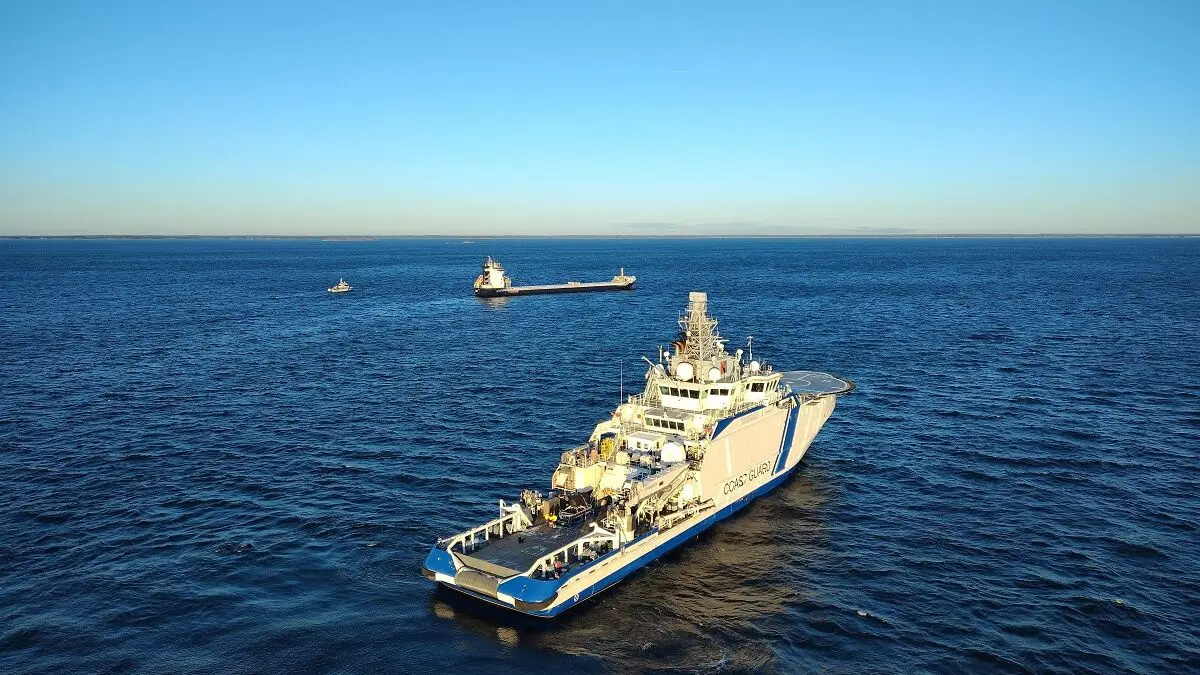Safety of power outage next winter looks low. But the risk increases later.
Every year, Svenska kraftnät reports to the government on the risks in the Swedish power system – does the power suffice when it's worst?
Last winter was stable, summer seems calm. And next winter looks a bit better too.
But then it gets worse, unless something is done.
Among other things, it's related to the fact that electricity consumption hasn't increased as expected. Additionally, households and companies have become more flexible in their consumption.
But regardless of that. The power shortage in the Swedish power system at the so-called peak load hour, when the imbalance is greatest during cold weather and little wind production, is estimated to land at 8,000 MW in the winter of 2027/2028. That's at a normal winter. A harsh winter draws up the deficit even more.
That's when importation of electricity becomes necessary.
This can be compared to the previous winter's peak load hour with an import of 2,430 MW and a forecast of 1,300 MW next winter, which corresponds to the electricity consumption of five medium-sized cities, or roughly a nuclear reactor.
The fact that more wind power is coming into the system in the future is not enough.
So far, Swedish electricity consumers have been able to rely on the fact that the oil-fired power plant Karlshamn is ordered to start up by Svenska kraftnät in the event of a power shortage. But after next winter, it's over with that, EU regulations require a different kind of procurement, in competition.
A strategic reserve like this is necessary, according to Svenska kraftnät. And it may be that Karlshamn comes back in such newly procured form, or some other resource.





